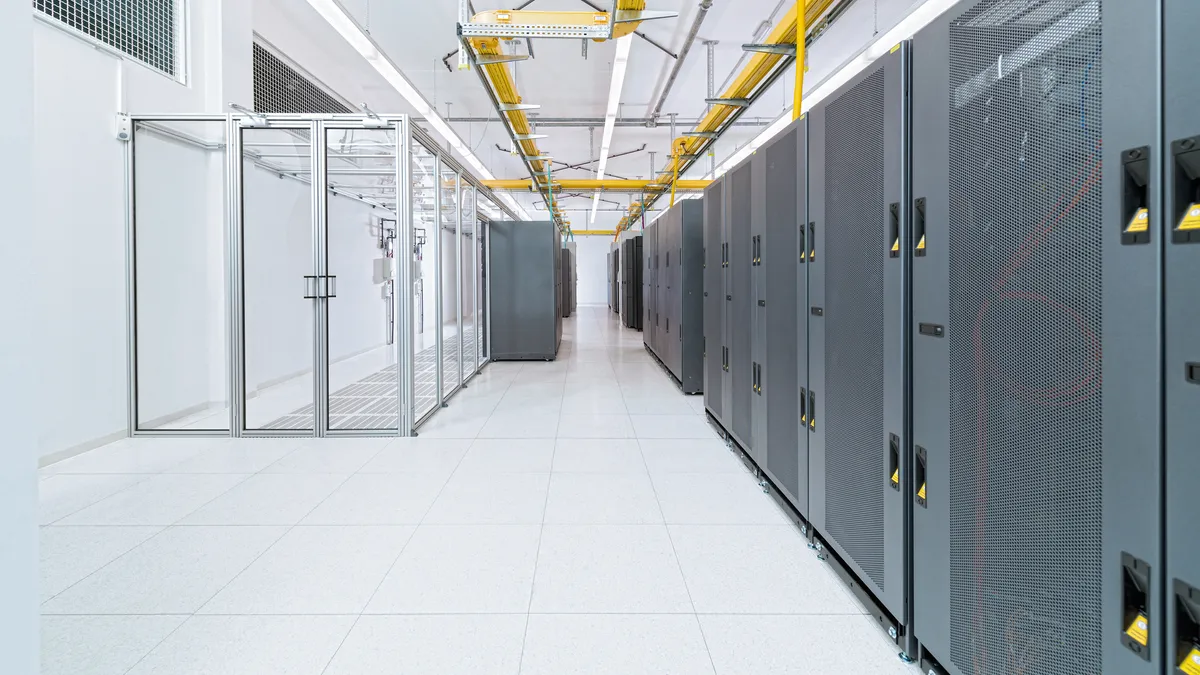Dive Brief:
- Hyperscale computing is the ability to scale an architecture to meet the demands of a workload or business, which is especially important for the large demands of big data or cloud computing. Big tech has been beefing up investment in hyperscale capabilities, especially since late 2017.
- Capital expenditures by hyperscale operators grew 59% year-over-year in Q2, topping $53 billion in the first half of 2018, according to a Synergy Research Group report. Google, Microsoft, Facebook, Apple and Amazon led for the 11th consecutive quarter, accounting for more than 70% of capex.
- "Hyperscale capex is one of the clearest indicators of the growth in cloud computing, digital enterprise and online lifestyles," according to John Dinsdale, chief analyst at Synergy Research Group, in the report.
Dive Insight:
With three of the top five capex spenders hitting all-time highs in Q2 2018, hyperscale capabilities have become critical to leading cloud infrastructure, software and platform providers. In its annual assessment of infrastructure as a service providers, Gartner limited vendors on its Magic Quadrant to ones with capabilities or plans for hyperscale integrated IaaS and PaaS.
Chinese technology companies Alibaba, Baidu, JD.com and Tencent were also among the top Q2 spenders; in the U.S., Oracle, SAP, IBM and NTT also shelled out considerable hyperscale capex, according to SRG.
Most of this investment is going to building new and growing existing data centers. The largest operators are building such a large moat that it is almost impossible for smaller competitors to reach the same heights, according to Dinsdale.
Synergy pared the list of companies that met its criteria for hyperscale data and analysis down from 24 to 20, Dinsdale wrote in an email to CIO Dive. One of the four companies no longer on the list is LinkedIn, which is now fully integrated into Microsoft. The other three aren't spending enough on capex and are downsizing their data center footprint by moving more workloads to Azure or AWS.
Building or growing a data center isn't the only challenge operators have to fight. Demand and energy prices have led to a 10% rise in power costs for businesses, leading some companies to take new approaches for energy efficiency, such as underwater data centers or AI-controlled cooling systems.












